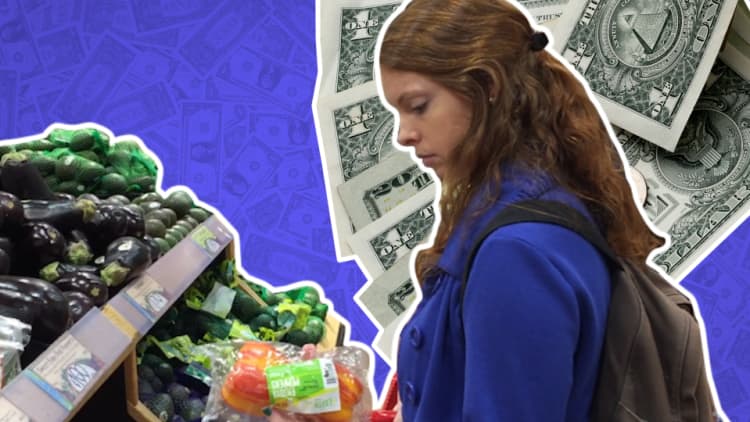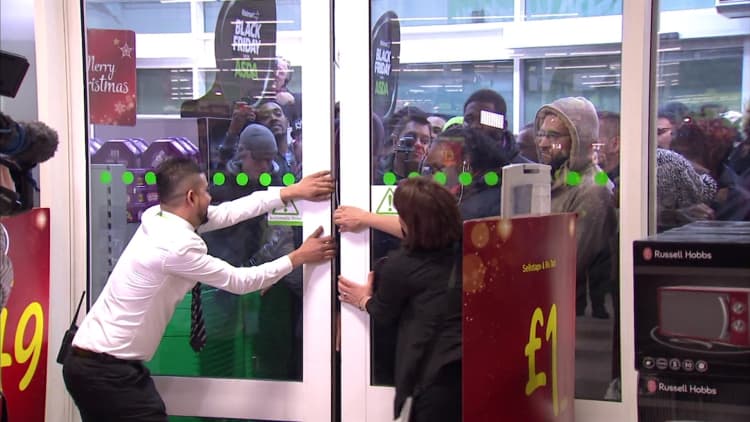More and more shopping is happening online: E-commerce made up nearly 10 percent of all retail sales in the second quarter of 2018, U.S. Census data shows. According to Adobe Analytics, online spending hit a whopping $6.22 billion this Black Friday alone.
And a lot of that shopping isn't budgeted for or planned.
Of the millions of Americans who bought something online this year, a CreditCards.com poll of more than 1,000 U.S. adults aged 18 or older finds that almost half, or 44 percent, made an impulse buy on the Internet in the past three months. For younger people, the numbers go up even more: 21 percent of 28-to-37-year-olds say they made a spontaneous online buy in the previous week.
Overall, "only 21.8 percent of older millennials and 23.3 percent of Gen Xers say they have never made this type of purchase," the site reports. "That means almost 80 percent have made a split-second buying decision while perusing the web."
How websites get you to spend
Brick-and-mortar stores have tricks they rely on to get you to open up your wallet, like big red "Sale" signs and placing expensive items at eye level. Online stores have developed similar strategies, especially since online shoppers are more likely than store shoppers to make impulse buys, Kit Yarrow, a consumer psychologist and author of "Decoding the New Consumer Mind," tells CreditCards.com.
That's because, "once you've mentally committed to buying an item online, you know you'll have to go through the required steps such as entering your information and dealing with shipping costs, so you may be more open to tossing additional stuff into your cart."
Vendors try hard to further tempt shoppers, too. "Online retailers entice shoppers to make add-on purchases with offers for discounts or free shipping above a certain dollar threshold," Yarrow explains, "as well as targeted suggestions for other items."
Groceries are also a popular way to spend money online, with 26 percent of survey respondents buying foodstuffs online weekly and 9 percent doing so monthly, so grocery sites try to convince you to buy extra items as long as you're there. It's the digital equivalent of putting candy in the check out aisle. And it can cost you.
Consumers who buy groceries and household staples online may be more likely to throw extra items into their cart without comparing prices.Kit Yarrowconsumer psychologist
"Consumers who buy groceries and household staples online may be more likely to throw extra items into their cart without comparing prices," Yarrow says. "They may not realize they're paying $2 more for Q-tips than they would at the grocery store."
In the end, much of the shopping you do online, she says, especially in response to these prompts and suggestions, is "not necessarily thoughtful, rational purchasing."
In some cases, though, Yarrow adds, "if you have the money and you're spending those extra few dollars to save precious time, it might be a fair trade-off."
If you're looking to curb your impulse spending, experts recommend you stick to a list and compare online prices to in-store prices. Avoid letting sites save your payment information online. And take some time between filing up your cart and completing the transaction to truly "think through the purchase."
Here are some additional tips that could help you save.
Like this story? Subscribe to CNBC Make It on YouTube!




